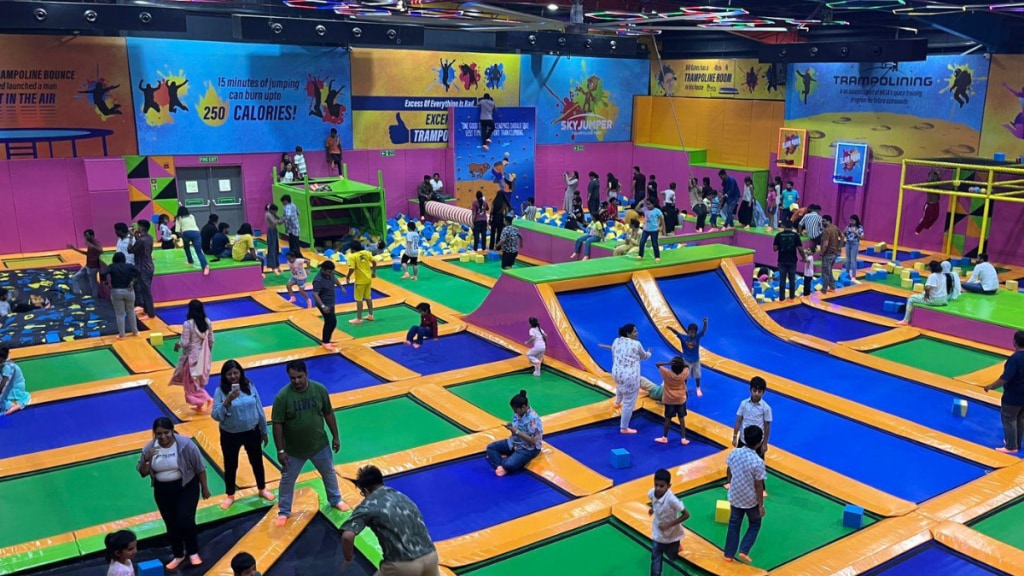The indoor entertainment market in India is undergoing a shift, fuelled by growing urbanization, higher disposable incomes, and rising interest in fitness-led recreation. According to a 2024 report by JLL, the country’s indoor amusement sector is expected to more than double in value—from ₹4,350 crore in 2023 to ₹9,218 crore by 2028. Metro cities like Delhi-NCR, Mumbai, Bengaluru, Hyderabad, Pune, Chennai, and Ahmedabad continue to anchor this growth, accounting for nearly 60% of the market.
Riding this wave is Faridabad-based SkyJumper Sports and Amusements, which has scaled up operations across the country since its launch in 2017. The company currently runs 20 trampoline parks across India and clocked a revenue of ₹75 crore in FY24. SkyJumper follows a vertically integrated model, handling park design, manufacturing, installation, and operations in-house—an approach that helps reduce costs and standardize experience across locations.
What began with 8,000 sq. ft. spaces has now expanded to 30,000 sq. ft. parks, featuring multi-activity zones including trampoline arenas, bowling alleys, laser tag, soft play areas for toddlers, VR gaming, and rock climbing. Each format is aimed at engaging a broad user base across age groups, with a focus on physical activity and family-friendly engagement.
As urban families and school groups increasingly seek structured recreation beyond malls and cinemas, trampoline-based centres are emerging as a hybrid category—blending entertainment with fitness. SkyJumper is among the early players to tap into this trend, positioning trampolining as more than just play.
With 10 additional parks in the pipeline by the end of 2025, SkyJumper is looking to deepen its footprint in the fitness-entertainment segment. As indoor recreation increasingly overlaps with wellness and youth sports, players like SkyJumper are building business models that go beyond amusement—into lifestyle and sport.

